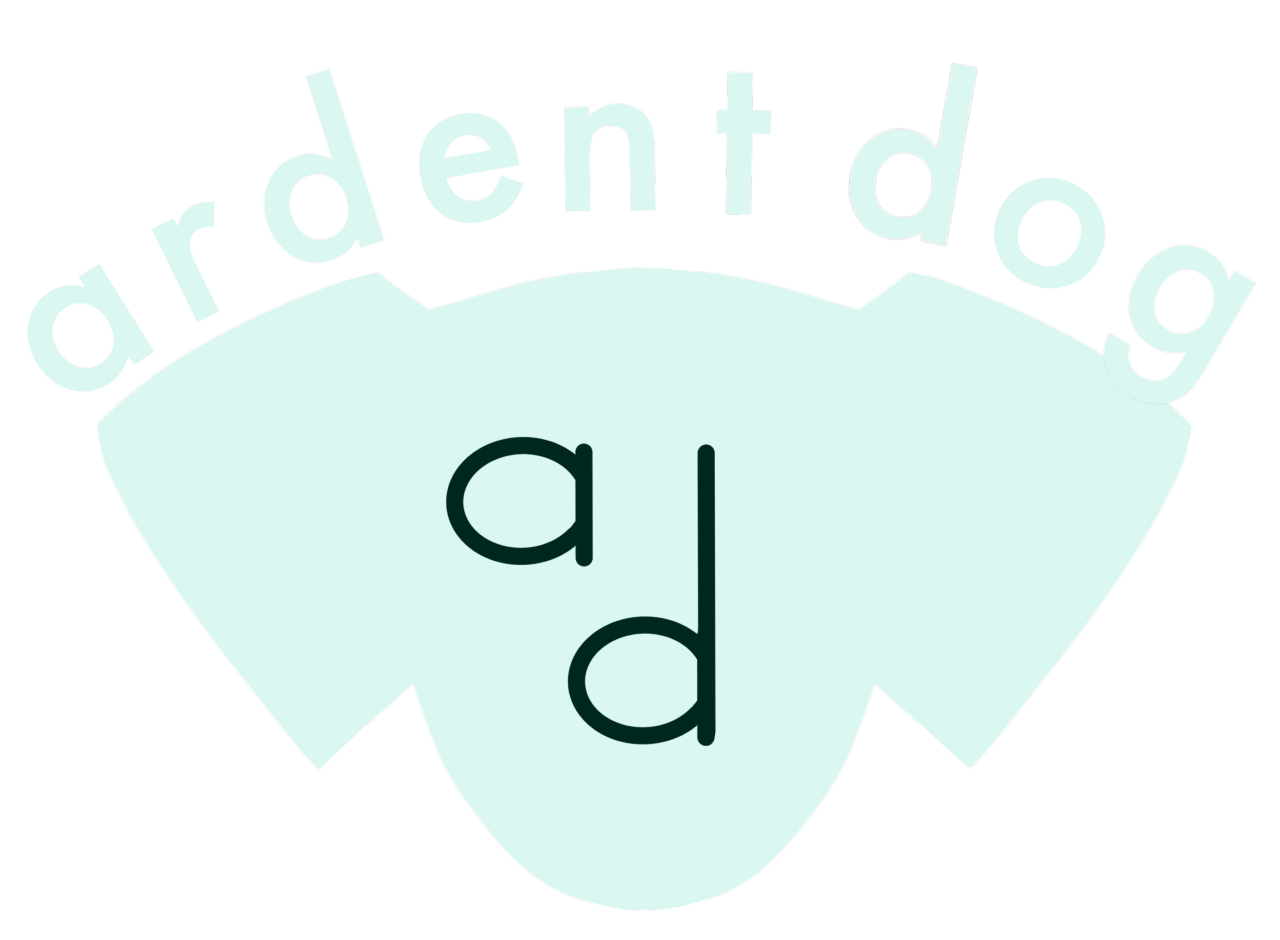How to Stay Consistent With Your Dog’s Separation Anxiety Training
Why Separation Anxiety Training Feels Hard to Stick With
Helping a dog with separation anxiety can feel overwhelming. Progress is often slow, and it may seem like you are putting in effort without seeing immediate results. That frustration is completely normal.
But here is the good news: training success does not come from doing it perfectly, it comes from showing up consistently.
Consistency is what helps your dog feel safe when you leave, and it is what builds their confidence over time. To make that consistency easier, we can borrow a proven framework from James Clear’s book Atomic Habits.
Using Atomic Habits for Dog Training
James Clear explains that habits become easier to maintain when they follow four simple rules:
Make it Obvious
Make it Attractive
Make it Easy
Make it Satisfying
These principles can transform how you approach separation anxiety training with your dog. Let’s look at how each one works in practice.
Make It Obvious
The easiest habits to follow are the ones you cannot miss. Build reminders into your day so training becomes a natural part of your routine.
Leave notes by your bathroom mirror reminding you to practice.
Set a daily phone alarm at the time you usually train.
Keep your training notebook or progress tracker in plain sight.
When the cue is obvious, you are less likely to skip a session and more likely to build momentum.
Make It Attractive
We stick with habits that feel enjoyable. Pair your training sessions with something you already like to turn them into a positive experience.
Enjoy your morning coffee or tea while practicing.
Play your favorite playlist or podcast during training.
Treat the session as special time with your dog, not just another task.
The more attractive the habit feels, the more you will look forward to it.
Make It Easy
Big goals can feel intimidating, which is why small steps matter. Separation anxiety training does not have to take hours each day, in fact it should not!
Even two minutes of practice is progress.
Focus on one small step at a time.
Remember that your dog also benefits from a slow, steady pace.
By making training simple and achievable, you remove the friction that makes it hard to stay consistent.
Make It Satisfying
We are motivated to repeat habits that feel rewarding. Celebrate progress in a way that keeps you encouraged.
Check off each session on a list or tracker.
Give yourself a small reward after training (humans need reinforcement too).
Celebrate small wins, because they add up faster than you think.
The more satisfying the process feels, the easier it is to return to it day after day.
Small Habits Add Up to Big Progress
Training a dog with separation anxiety takes patience and commitment, but it does not require perfection. By making your practice obvious, attractive, easy, and satisfying, you create a system that keeps you moving forward.
Consistency builds trust. Trust builds confidence. And confidence helps your dog feel safe when left alone.
If you are ready to start making progress, I created a Beginner’s Guide to Separation Anxiety Training that will help you take the first step. Get your free copy and start building a routine that lasts.
